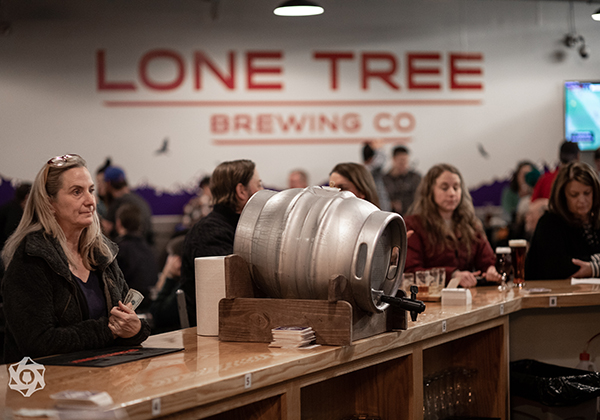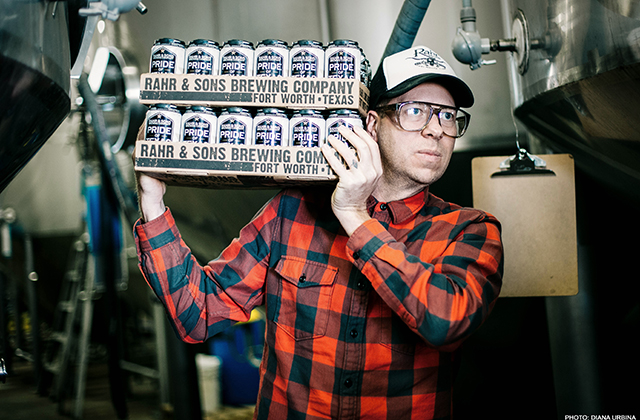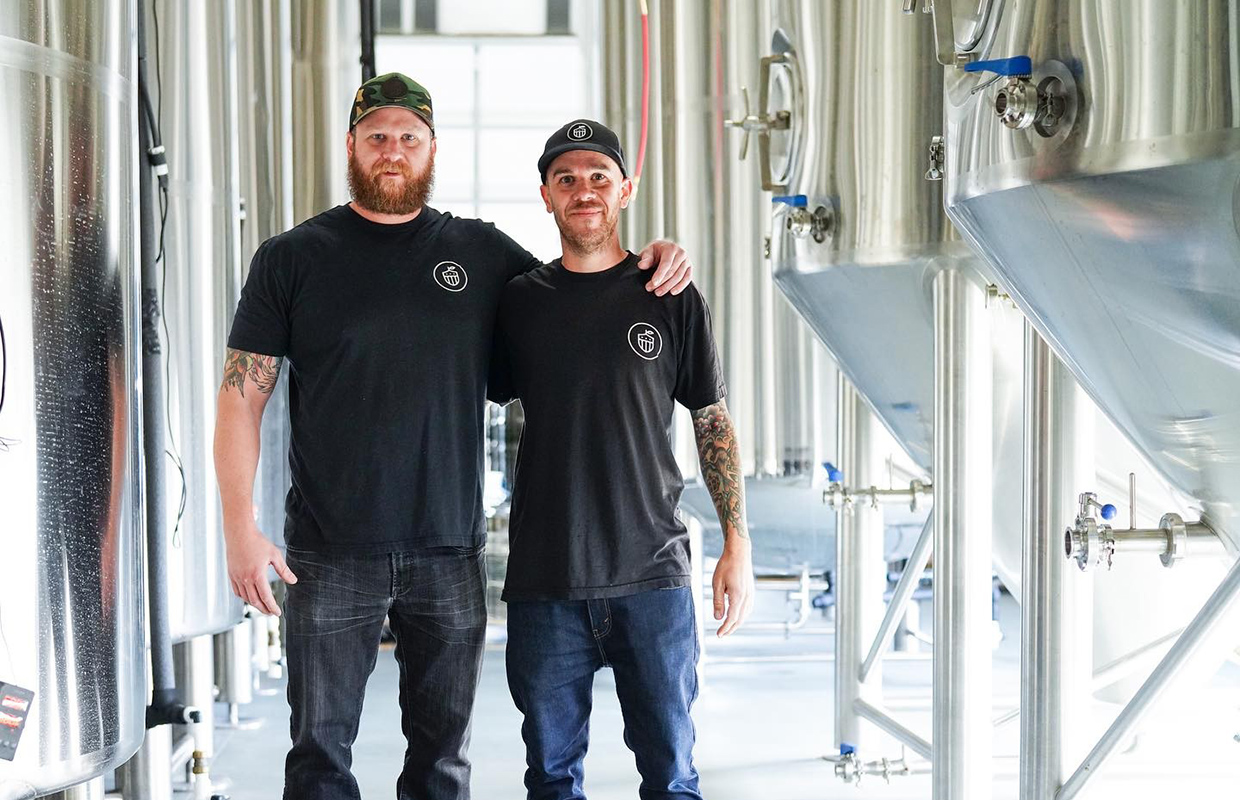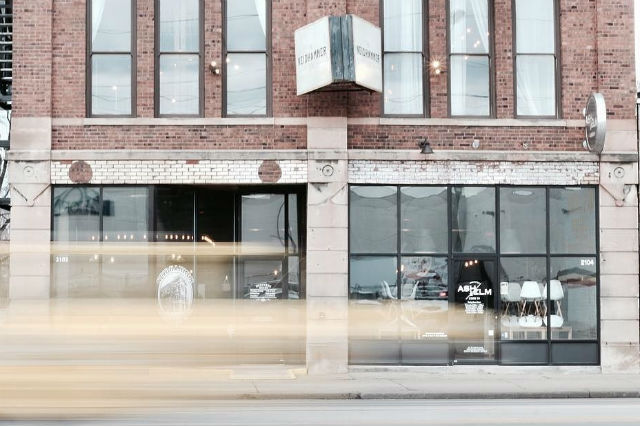
When creating new beers at Lone Tree Brewing Company, the brewers typically have a flavor profile they are trying to achieve, and they’ve done their research to know how specific ingredients will work in a beer.
Sometimes though, they just have to experiment, and that’s where Lone Tree’s test kitchen comes in. By using the brewhouse as a test kitchen, and the tasting room as a way of doing market research, the brewery determines which beers should be packaged.
“We could brew beer all day long but in the end, if the consumer doesn’t want to drink it, then we haven’t done our job,” said Dennis Stack, Lone Tree’s Sales & Marketing Director. “We have always stood by the drinkability of our beers and that’s what we strive for when brewing. Some of the best feedback we can get from our customers is that our beer is so great that they would share our beer with friends and that they would drink another.”
Vanilla Caramel Amber, a cold month seasonal that uses caramel malt and Madagascar vanilla beans, was a hit in the taproom before it moved into a returning seasonal in cans.
Two of the brewery’s Branching Out series beers, Horchata Stout and Pineapple Sour, were both packaged recently after undergoing this process.
Lone Tree brewers are patient, and Stack said sometimes it takes several tries before the beer even gets to the tasting room, and from there, customer feedback is critical when deciding what to package.
All beers must pass the brewers’ standard first, before they even get sent out to the taproom.
“We brew new styles first for taproom consumption,” said Dennis O’Harrow, Lone Tree’s Head Brewer. “If we knock one out of the park, we determine if it’s market worthy.”
Beers that work well in the taproom sometimes aren’t packaged for distribution because they aren’t right for the market, so it’s not just sales in the taproom that determine the beers’ marketability.
“The taproom is a perfect place to experiment with new ingredients, hops, and styles. However, what’s perfect for the tasting room doesn’t mean perfect for distribution,” Stack said. “We find that the beers that are overly experimental bring new people into the taproom to try these beers and then they end up trying what else we have to offer.
“We see quicker trends in the tasting room because people are doing just that, tasting multiple beers. Trends in the market change more rapidly than ever and our canned rotating series brings some of those experimental beers to the market.”






Be the first to comment